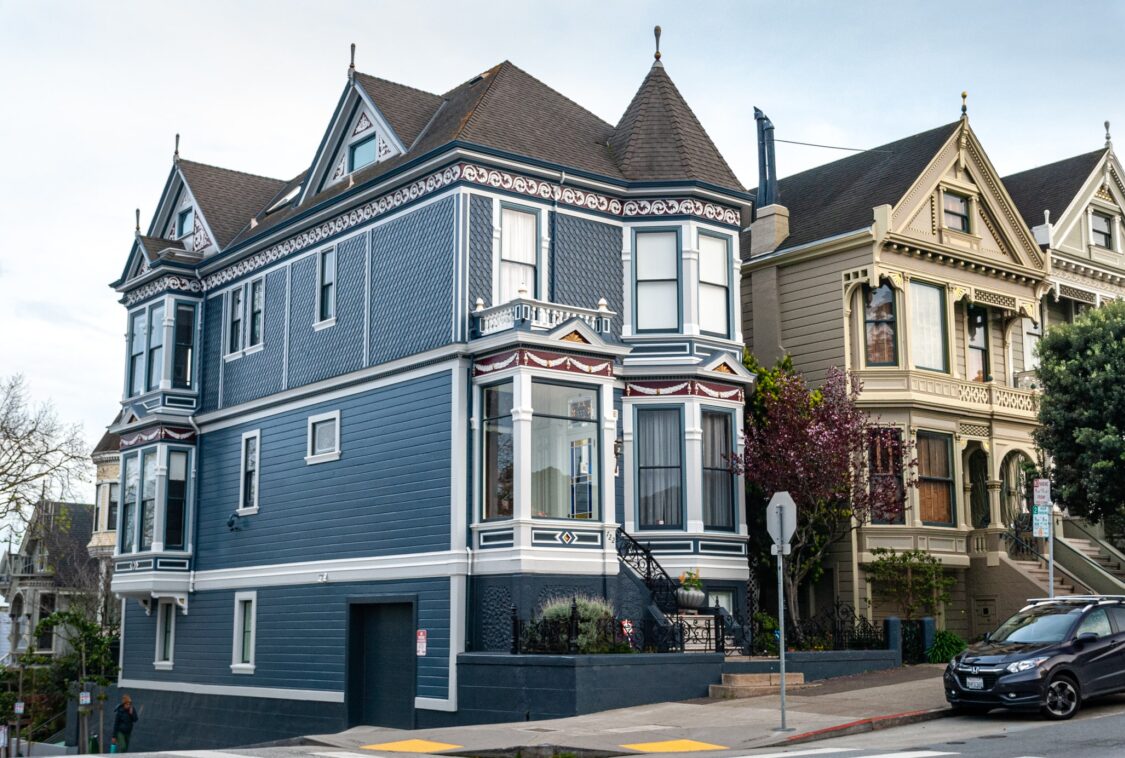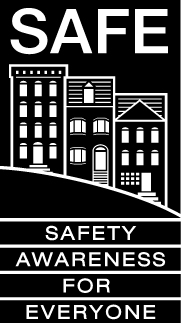Daylight Saving Time Home Security Brush Up

With the arrival of Daylight Saving Time on Sun., March 13 at 2 a.m., comes a reminder to brush up on some home security housekeeping. From replacing the batteries in
your fire alarm and carbon monoxide detector to signing up for our home security assessments, SF SAFE has San Franciscans covered when it comes to hitting the refresh button on home security.
Lights, Cameras…Garage!
Daylight Saving Time is a good time to check that your exterior home security lights and cameras are aimed and working properly. And if you don’t have lights and cameras installed yet, now is the time to do so. Aim to have constant nighttime lighting supplemented by motion-sensitive lighting. For security cameras, look to have them facing all points of your home’s entry, including vulnerable windows. Also have one pointing toward the front of your home/street. Finally, in terms of garage security, reinforce your garage windows by adding a vinyl adhesive, make sure to tie your emergency release cord into a ball and make sure your garage-to-home door has a deadbolt and stays locked to prevent entry into your home. (See our article in this newsletter--March 2022--about garage security for more info).
Smoke Alarms
According to the National Fire Protection Association, three out of every five deaths caused by home fires occur in homes without smoke alarms. This means that if your home or apartment doesn’t have a fire alarm, it’s time to install one. The association advises testing smoke alarms monthly and replacing the battery at least once a year (or immediately if your alarm makes that "chirping" sound). Also, smoke alarms should be installed in every bedroom and in the common areas on each floor of the home. Alarms should be mounted at least 10 ft. away from the kitchen stove to cut down on false alarms and less than 12 in. from the ceiling and away from windows, doors and ducts.
Carbon Monoxide Detectors
Anything that burns fuel is a potential source of carbon monoxide—an invisible, odorless gas that can be lethal. If your home or apartment does not have carbon monoxide
detectors, it’s time to install them. Similar to smoke alarms, the NSC recommends that carbon monoxide detectors be installed in a central location outside each bedroom and on every level of the home. Also similar to smoke alarms is the maintenance of carbon monoxide detectors: be sure to change the batteries, test them and interconnect the detector via wiring, whenever possible. It’s also important to ensure vents for your gas appliances (fireplace, dryer, stove and furnace) are clear of debris.
Emergency Plan
San Franciscans are well aware that everyone needs to have an emergency plan in case of a natural disaster or other catastrophic event. Daylight Saving Time offers a
seasonal reminder to review your plan with family members. According to the NSC, make sure to have a home and car emergency kit, which per FEMA guidelines, should include one gallon of water per day per person, a three-day supply of food, a flashlight and batteries, first aid kit, filter mask, plastic sheeting and duct tape and medicines. You
should also have: A communications plan to outline how family members will contact one another and where to meet if it's safe to go outside; a shelter-in-place plan if the outside air is contaminated (FEMA recommends sealing windows, doors and air vents with plastic sheeting); an evacuation plan including various routes and destinations in different directions. It’s also key to make sure your household’s first aid kit is updated.
SF SAFE Can Help
If you’re thinking that you need some help brushing up on your home security game, SF SAFE can help! From providing you with a free home security assessment to helping
your block establish a Neighborhood Watch Group and more, SF SAFE is here for San Franciscans with a whole host of safety resources. Get started by checking out our website to get started.
